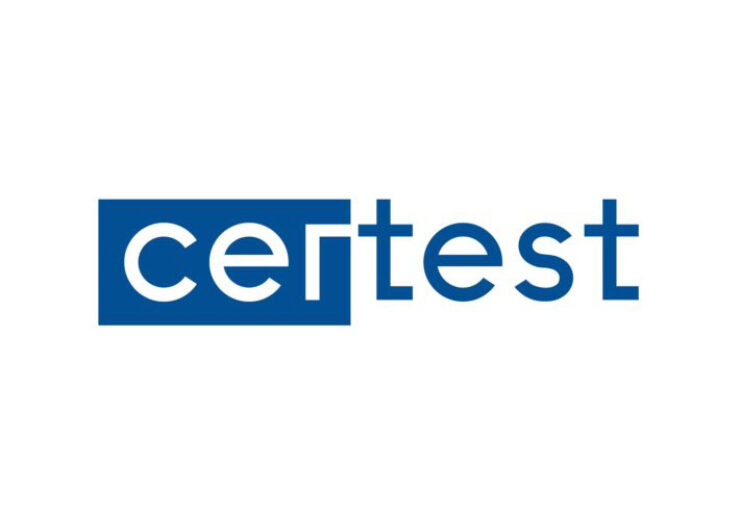Over the last three decades, several viral infections have been shown to occur in immunocompromised hosts. A viral load test can optimise the treatment and prevention of infections. Certest Biotec’s new PCR viral load assays can enact this optimisation.

Image: Certest
Viral load tests have proven to be of great clinical utility in the management of many viruses. Viral quantification and monitoring have introduced several principles of viral disease management. Viral load has been used to predict diseases, guide preventive therapy, assess the efficacy of antiviral treatment, guide the duration of treatment and to indicate the risk of clinical relapse or antiviral drug resistance.
Nucleic acid amplification testing is one of the most commonly performed tests in clinical virology laboratories; however, there remain important limitations that require further optimisation, including the interassay variability in viral load reporting, which has limited the generation of standardised viral load thresholds for clinical indications. The recent introduction of an international reference standard should advance the major goal of uniform viral load reporting and interpretation. However, it has also become apparent that other aspects of nucleic acid testing should be standardised.
Following WHO guidelines and with the main objective of uniform reporting and interpretation of viral load, CerTest Biotec have developed several real-time PCR assays with a wide dynamic range of quantification, with high sensitivity, specificity and reproducibility and with improved operational characteristics with respect to other previously available assays.
These kits detect, quantify and monitor the viral load of microorganisms for various infections by real-time PCR where reverse transcription and subsequent amplification of the specific target sequence: using specific oligonucleotides and a fluorescently labelled probe and a quantified synthetic positive control. All reagents and controls needed to perform PCR and quantification are in a stabilised, laboratory-ready format, making operational handling simple and easy to standardise.
